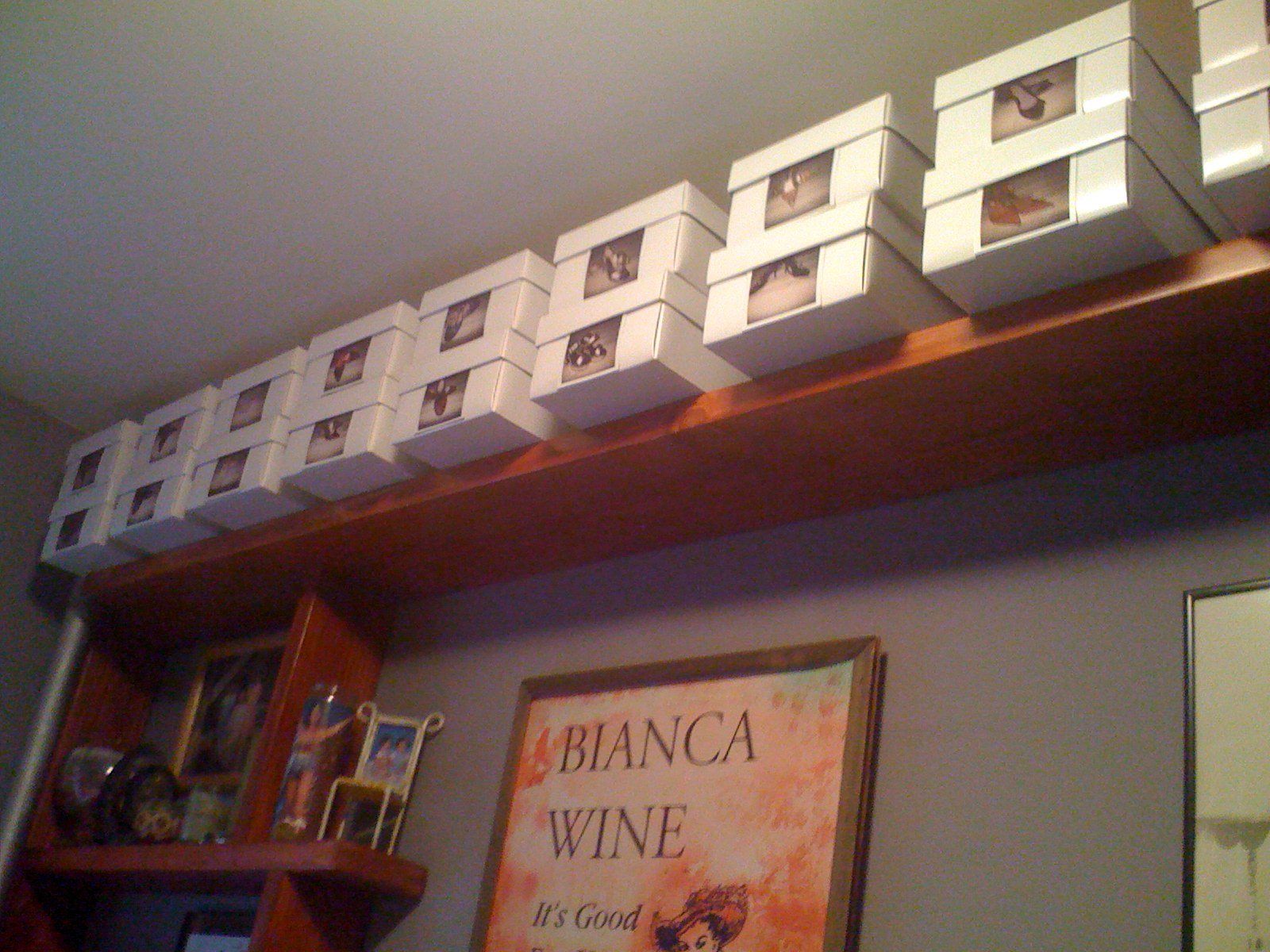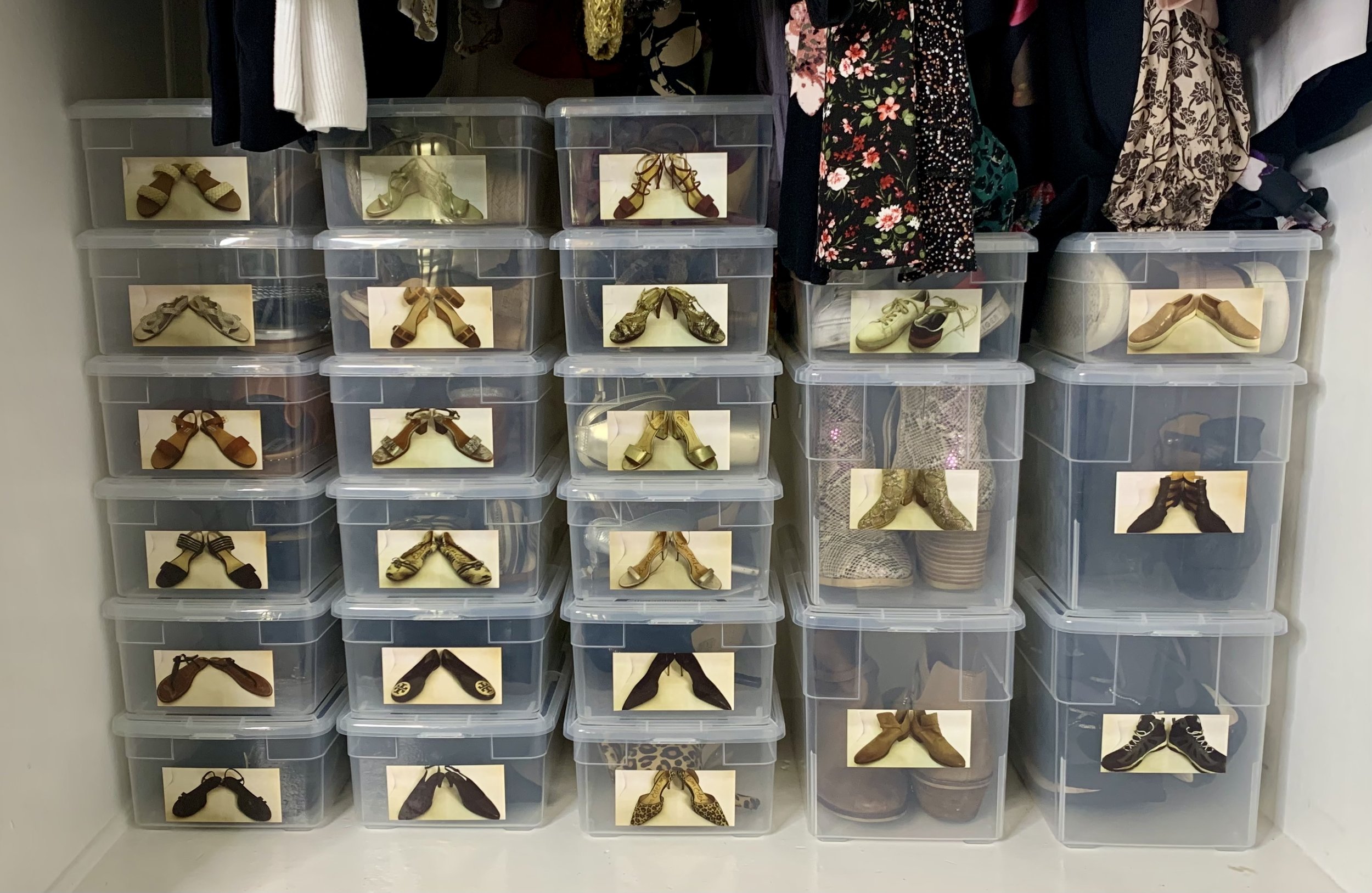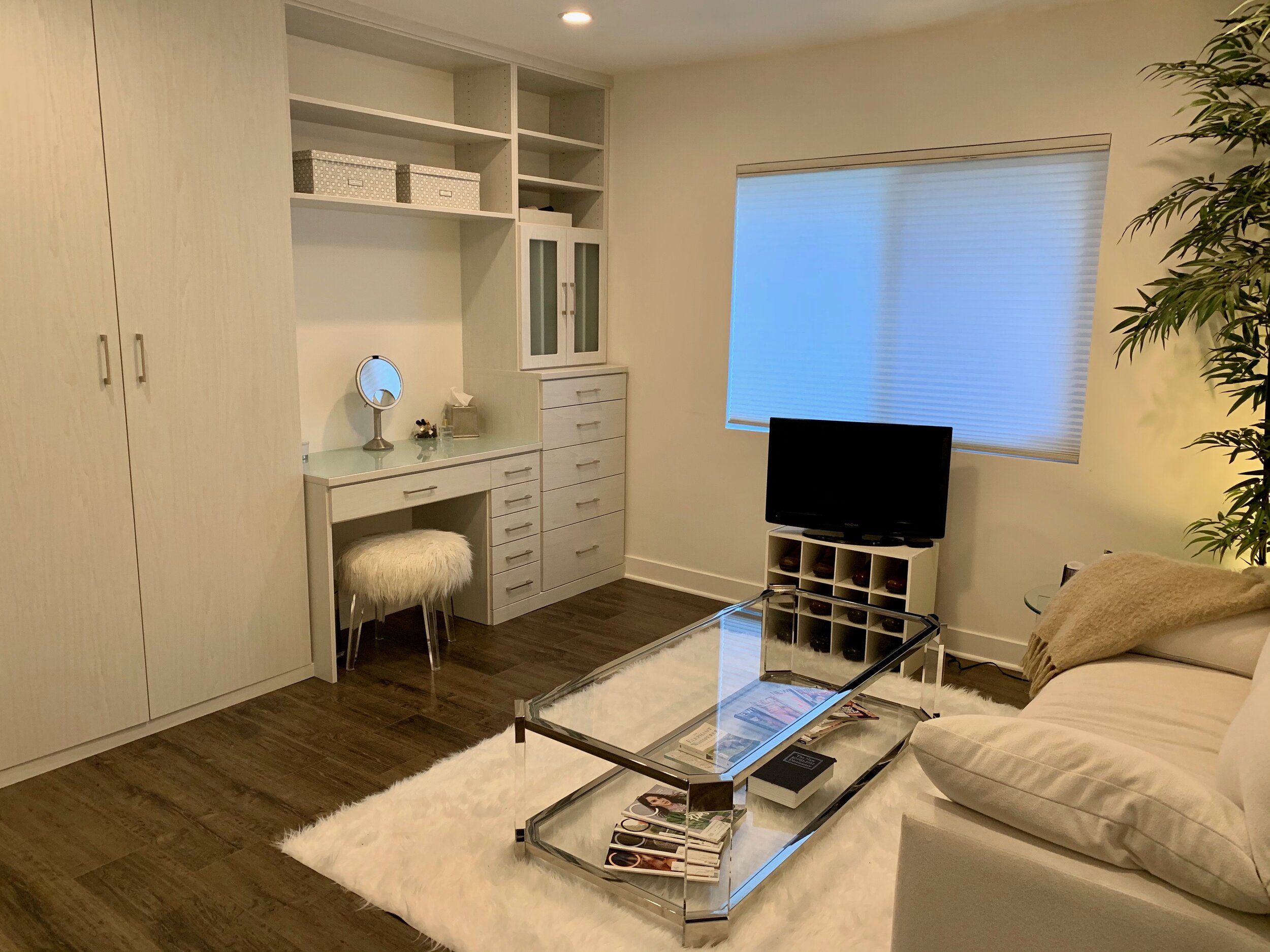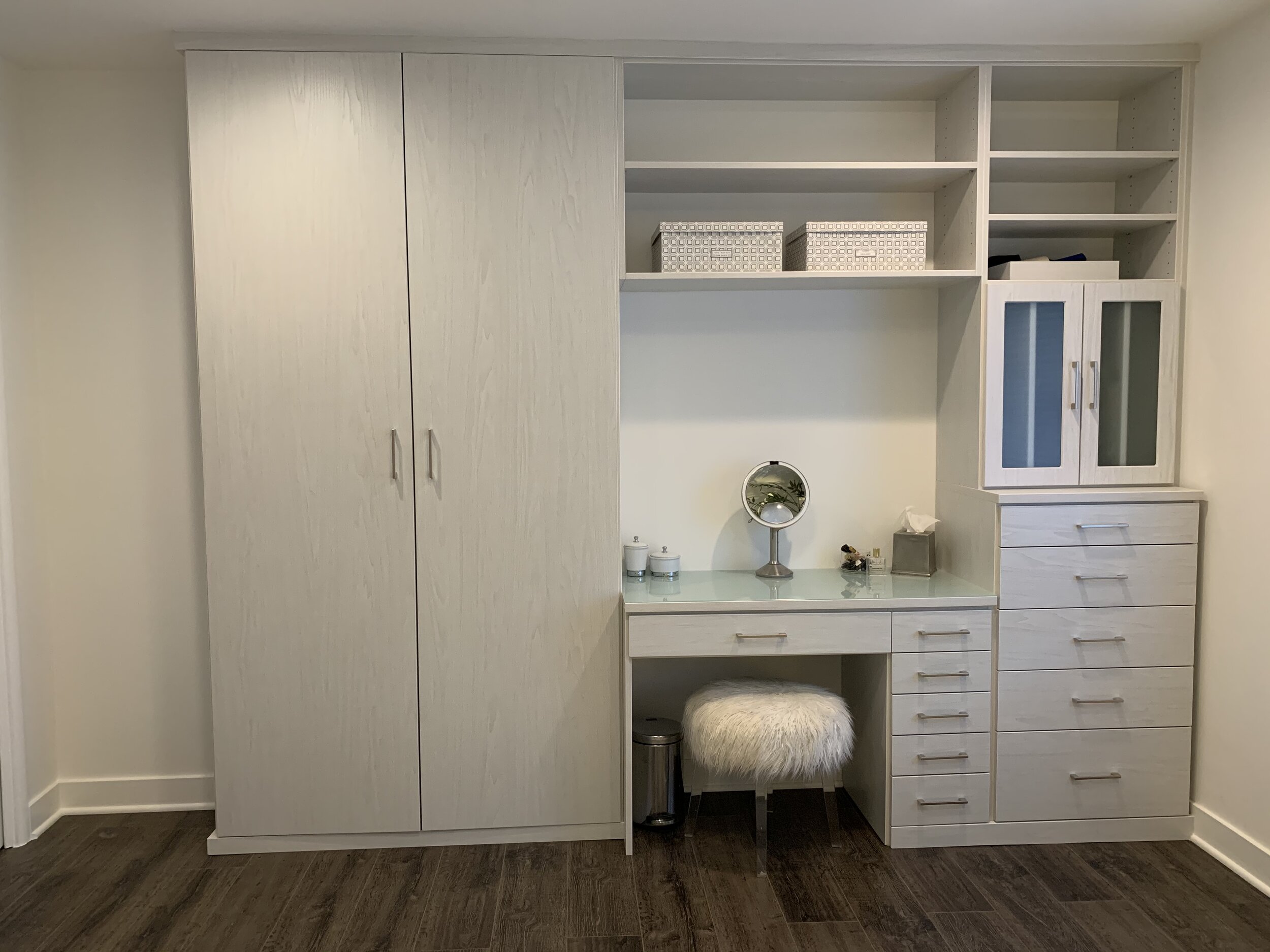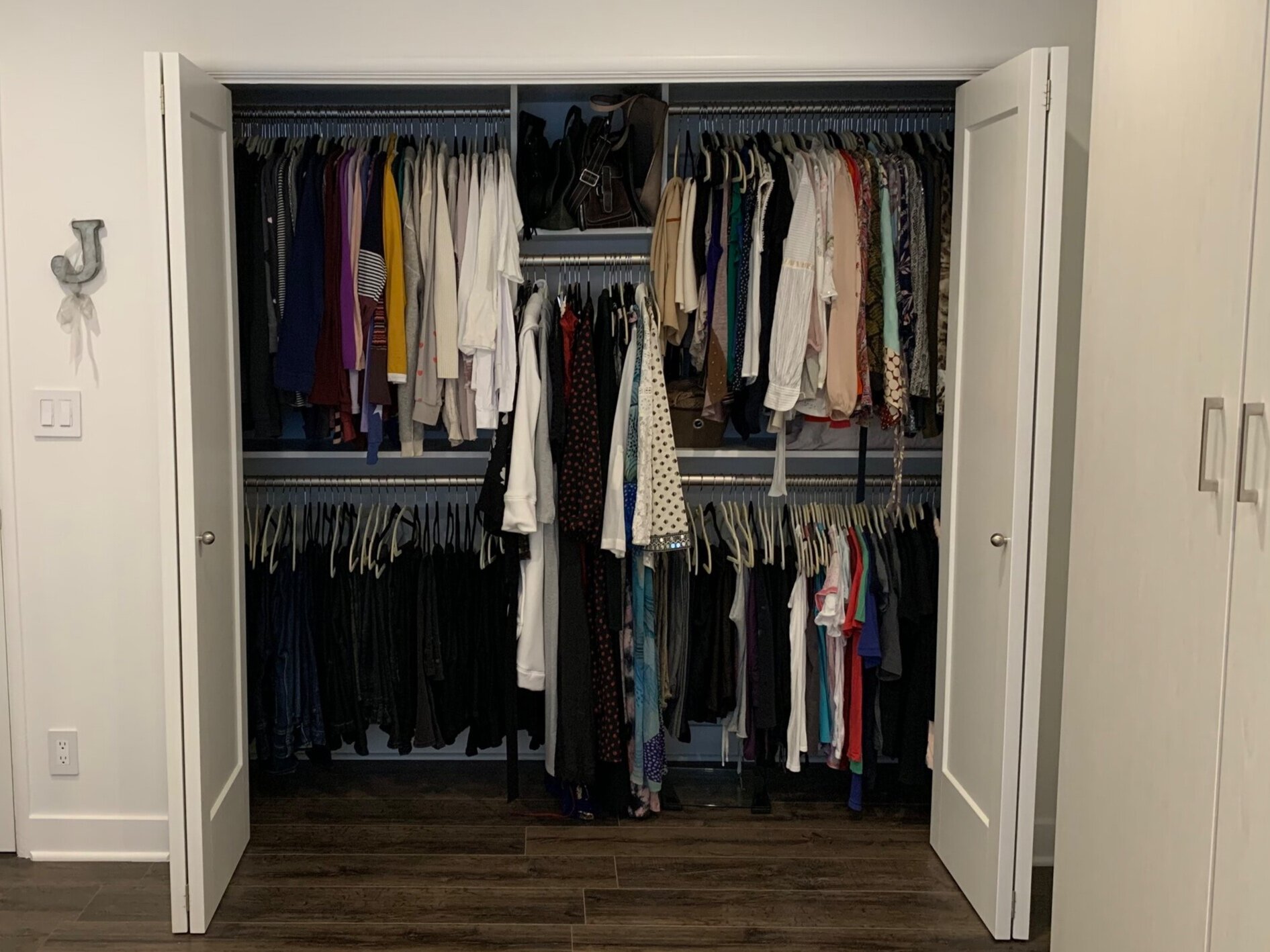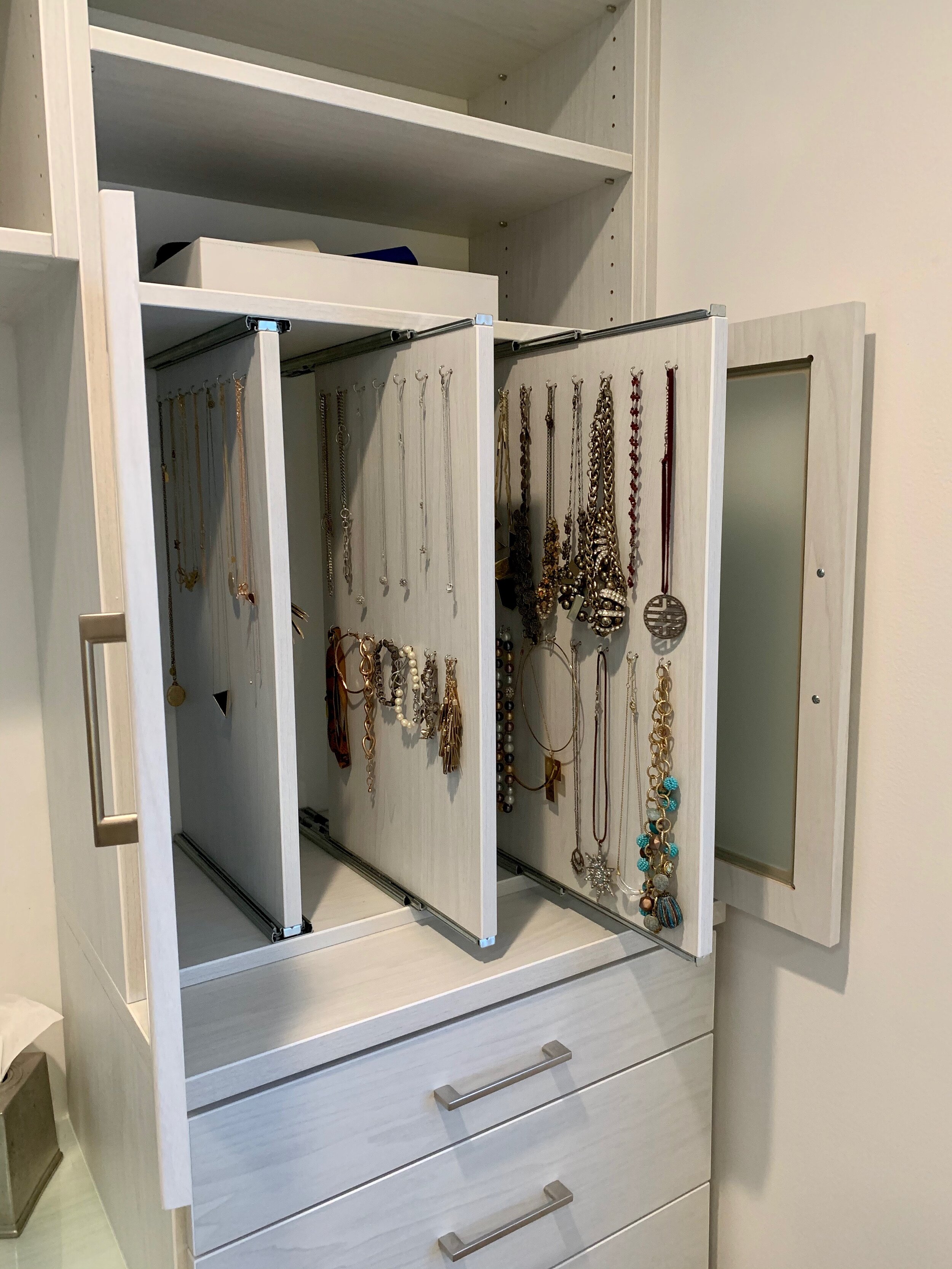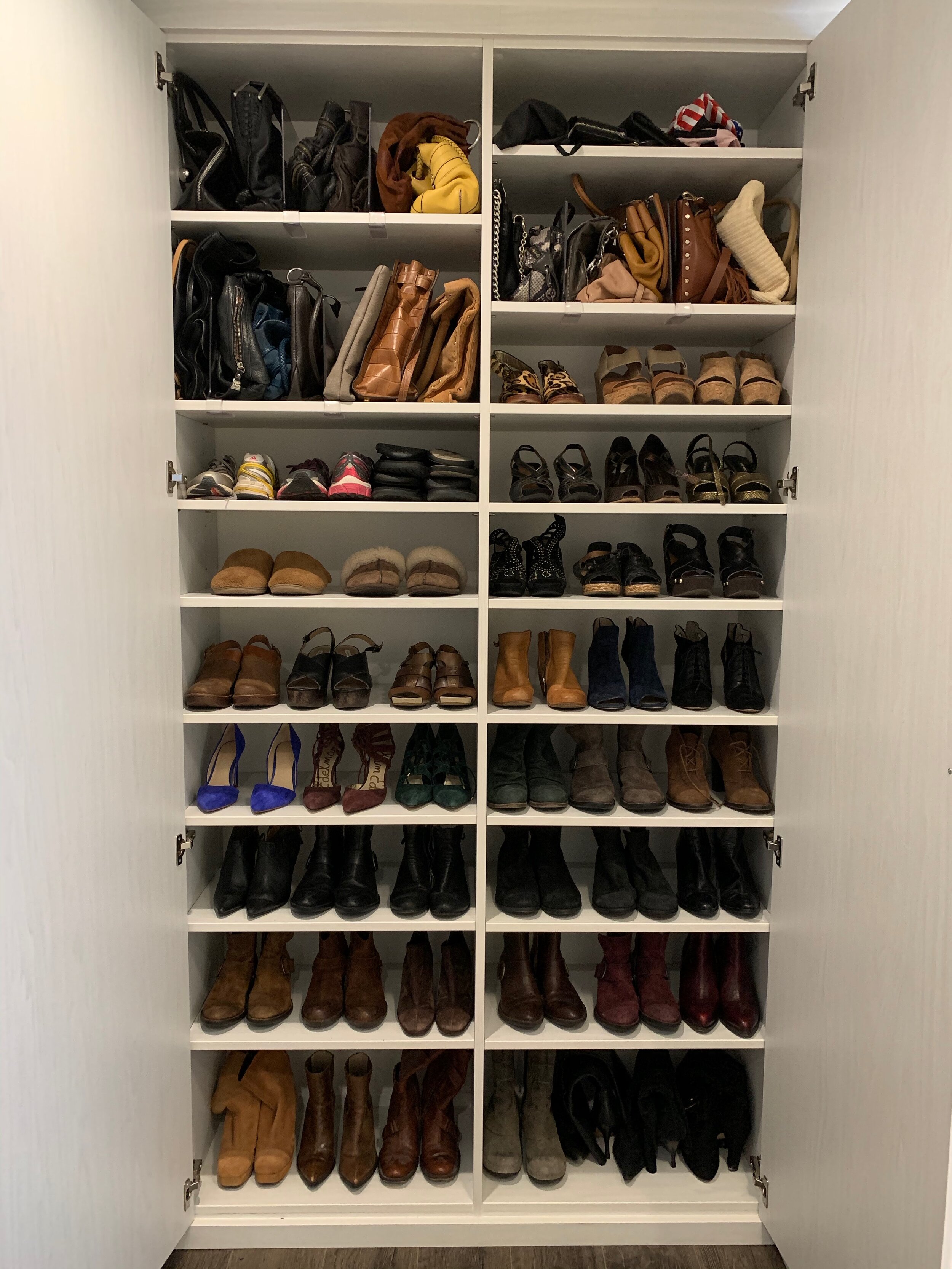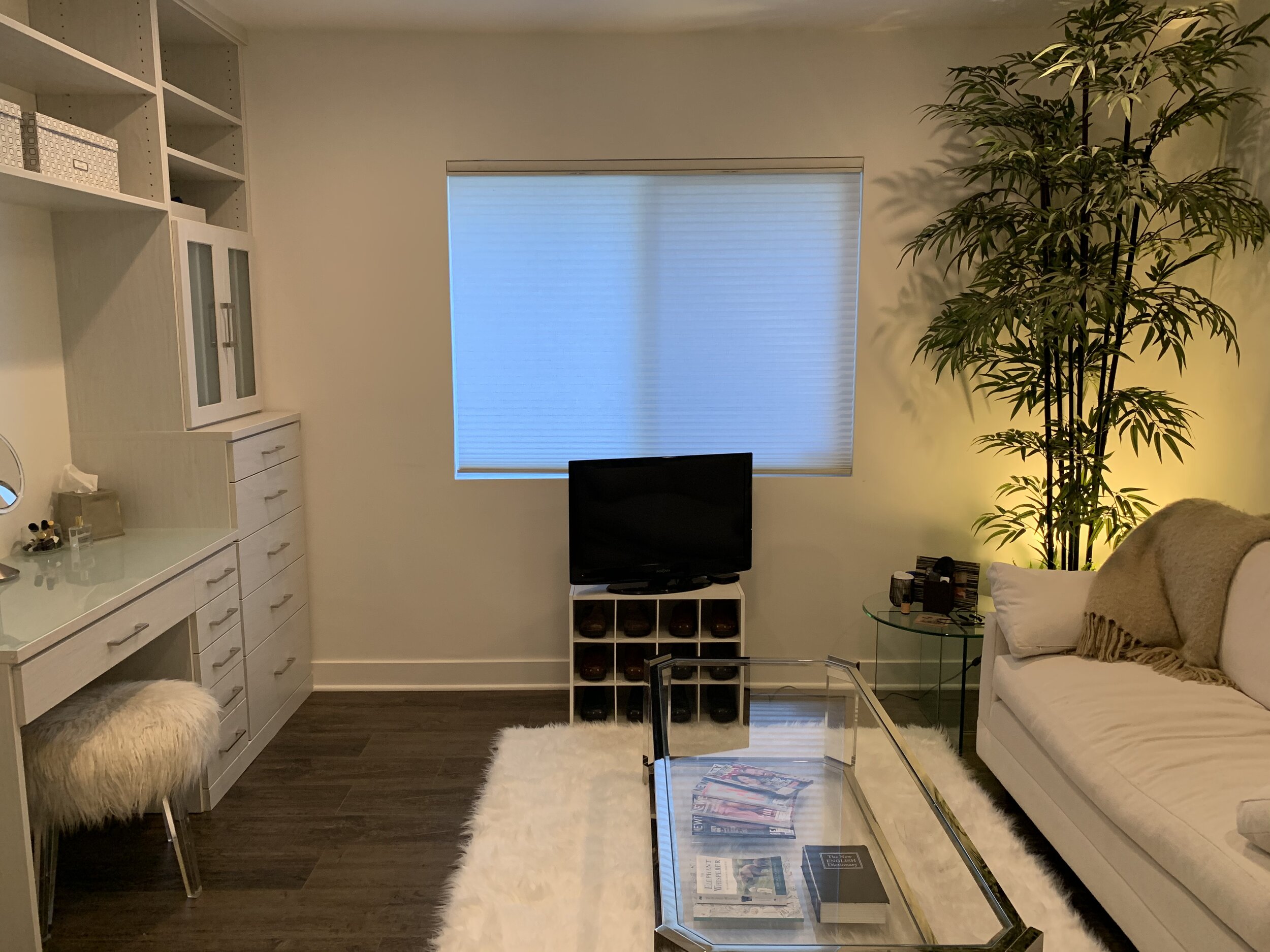Moving in together is an exciting milestone, but it also comes with its challenges—especially when it comes to merging two sets of belongings into one shared space. Too often, we focus on making room for things rather than making space for the people we love. That’s where decluttering, organizing, and Feng Shui come in to create a balanced, harmonious home.
And speaking of making space… I finally made space on my desktop by editing this video—ten years later.
Yes, you read that right. I filmed this video ten years ago. And then? I let it sit. For a decade. I told myself I’d edit it when I had time. And let’s be honest—we’ve all said that before.
Somehow, even during Covid, when I had all the time in the world, I still didn’t touch it. It was like that one drawer in your house that you swear you’ll organize one day—except my drawer was digital, and it had a ten-year-old video collecting dust.
But here I am, finally finishing it. And honestly? It feels amazing. Not just because the video is done, but because unfinished projects take up mental space, just like physical clutter. The longer we let things linger, the more they weigh on us.
So, I’ve come up with a new motto: Finish it or forget it.
If there’s something sitting on your to-do list, ask yourself:
Do I still care about this?
Is it worth finishing?
If not, can I let it go?
If it matters, finish it. If it doesn’t, free yourself from it. Either way, you win.
Which brings me back to decluttering—because honestly, finishing this video felt a lot like helping my clients clear out an entire closet.
In the project featured in this video, I worked with a couple moving in together. One partner was moving into the other’s home, and the biggest challenge was stuff. The closet was full, the storage situation was tight, and we needed to make room—not just for more belongings, but for both people to feel like they had a home in the space.
We started by decluttering, making intentional decisions about what to keep, what to donate, and what no longer served them. This wasn’t just about getting rid of things—it was about making space for a new chapter in their lives.
To maximize storage, we added a freestanding wardrobe from IKEA to keep everything organized within the bedroom instead of spreading items throughout the house. That one change helped create a sense of unity and balance, rather than making one person feel like a guest in their own home.
Beyond organization, Feng Shui played a key role in setting the tone for a peaceful, supportive relationship. Both partners had a metal element, meaning that neutral colors like whites and grays would enhance their sense of calm and stability. We incorporated these shades into the bedding, curtains, and furniture to create a cohesive and balanced look.
Other important Feng Shui adjustments included:
Symmetry in the bedroom – Matching nightstands and lamps on either side of the bed create a sense of balance in the relationship.
Intentional artwork – Instead of family photos, which can introduce external energy into the bedroom, we focused on images that symbolized romance and connection.
Removing disruptive elements – A large mirror opposite of the window going across the bed was creating too much active energy (chi), making it harder to rest. We moved it inside the closet to maintain function without disrupting sleep.
Your home should reflect the life you’re building together, not just serve as a storage unit for your belongings. By decluttering, organizing, and incorporating Feng Shui, you can create a space that feels intentional, peaceful, and designed to support your relationship.
And beyond your home, think about your unfinished projects. What’s something you’ve been putting off for years? Maybe today is the day you finish it—or finally let it go.
If you’ve been waiting for the right time, consider this your sign. Finish it or forget it.
Want to learn more about your Feng Shui element and the best colors for your space? Leave a comment with your gender and birthdate, and I’ll let you know.
For more personalized organizing and Feng Shui tips, feel free to reach out at info@spacetolove.com.


